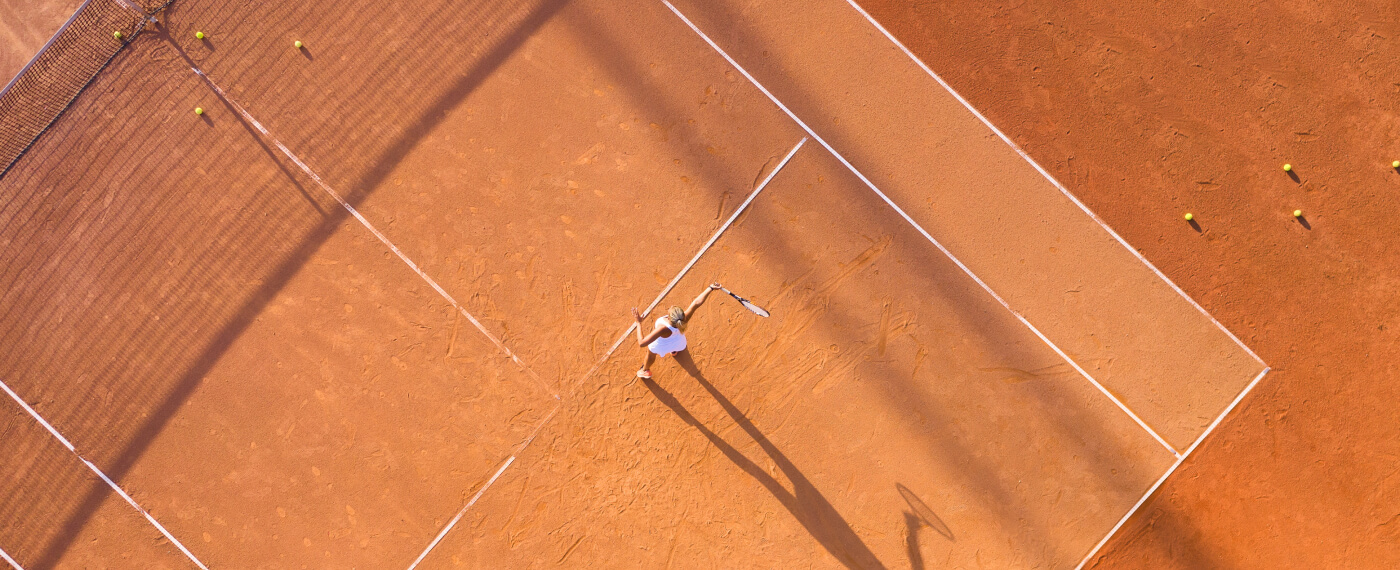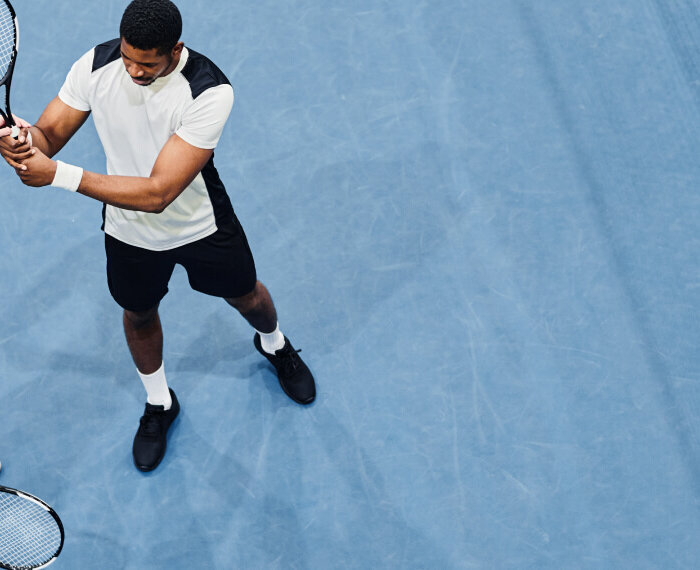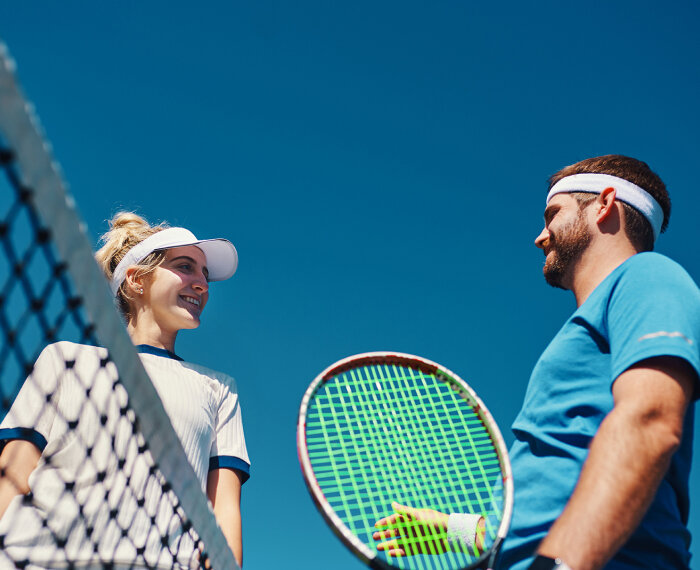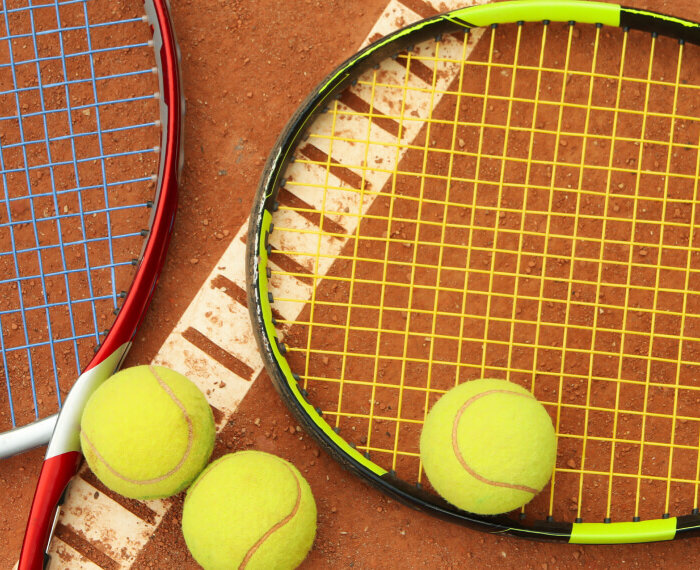
Mastering Clay Court Play: A Coach’s Guide to Surface-Specific Skills
Understanding Clay Court Dynamics
Clay courts demand a distinct set of skills and strategies, significantly different from hard or grass courts. The slower surface affects ball speed and bounce, emphasizing endurance, patience, and strategic play.
Adjusting Techniques for Clay
Clay courts require players to adjust their game to handle high-bouncing balls and longer rallies:
- Topspin: Emphasize the importance of topspin to control the game. Topspin shots have more time to take effect on clay, making them a crucial technique for constructing points.
- Slide into Shots: Teach players how to slide effectively into their shots, a fundamental movement on clay that helps in reaching balls and recovering quickly for the next shot.
Strategic Considerations
Strategy on clay courts differs significantly due to the slow nature of the surface:
- Patient Point Construction: Coaches should instill a sense of patience in players, encouraging them to build points methodically rather than going for immediate winners.
- Physical Endurance: Prepare players for longer matches with drills that enhance physical stamina and mental toughness, as clay court matches often involve extended rallies and longer play.
Footwork and Movement
Effective movement on clay is different from other surfaces and requires specific training:
- Enhanced Footwork Drills: Focus on agility drills that improve players’ ability to move laterally and forwards/backwards efficiently. Drills should also teach players how to adjust their footwork quickly on the slower surface.
- Positioning and Recovery: Teach players optimal positioning to cover the court effectively and practice recovery techniques that allow them to return to a neutral stance quickly.
By mastering these surface-specific skills and adapting coaching strategies to the unique challenges of clay, tennis coaches can prepare their players to succeed on one of the most demanding surfaces in the sport.
Other Articles
How much does tennis coaches earn?
The earnings of tennis coaches can vary widely based on several factors including location, experience, and th...
Read MoreCourting Success: The Link Between Tennis and Confidence in Dating
Courting Success: The Link Between Tennis and Confidence in Dating When it comes to dating, confidence is key....
Read MoreThe Best Tennis Rackets for Beginners
Introduction Choosing the right tennis racket is essential for beginners, as it can significantly impact their...
Read More



